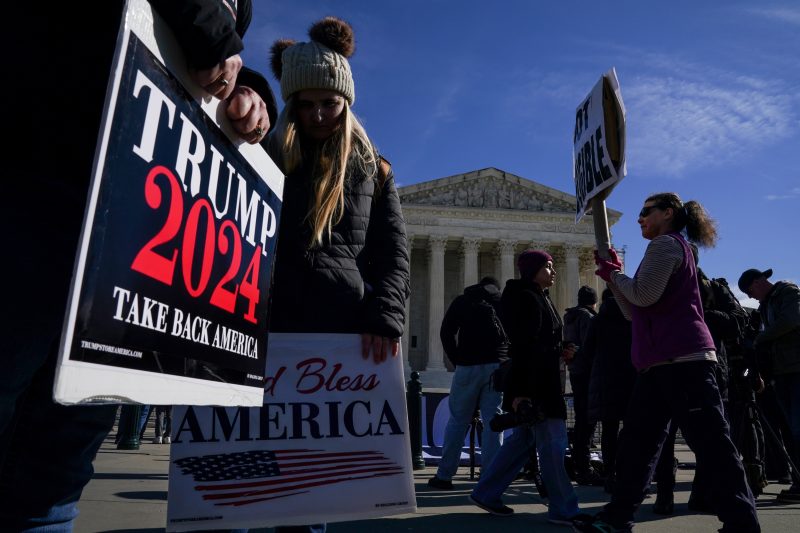The recent Supreme Court ruling has sent a wave of disappointment through critics who were hoping for a judicial curb on President Trump. The decision marks a significant setback for those who were banking on the courts to rein in what they see as executive overreach.
The case in question revolved around a series of executive orders issued by President Trump that sought to restrict immigration from certain predominantly Muslim countries. Critics argued that these orders were unconstitutional and discriminatory, while the administration maintained that they were necessary for national security.
The Supreme Court ultimately sided with the administration, ruling that the orders fell within the president’s authority to regulate immigration and protect the country. This decision effectively ended a long legal battle that had been closely watched by both supporters and opponents of the administration.
For those who had been hoping for the courts to act as a check on President Trump, the ruling was a bitter pill to swallow. Many had seen the judiciary as a last line of defense against what they viewed as dangerous and unprecedented actions by the president.
While this ruling may have dashed the hopes of some critics, it also serves as a reminder of the limitations of the judiciary in the face of executive power. The courts, while an important branch of government, are not immune to political pressures and can only do so much to rein in the actions of the president.
Moving forward, it is likely that we will continue to see legal battles playing out over the actions of the Trump administration. Critics will need to find new strategies and avenues for holding the president accountable, as the courts have now made it clear that they will not always provide the check that some had hoped for.


